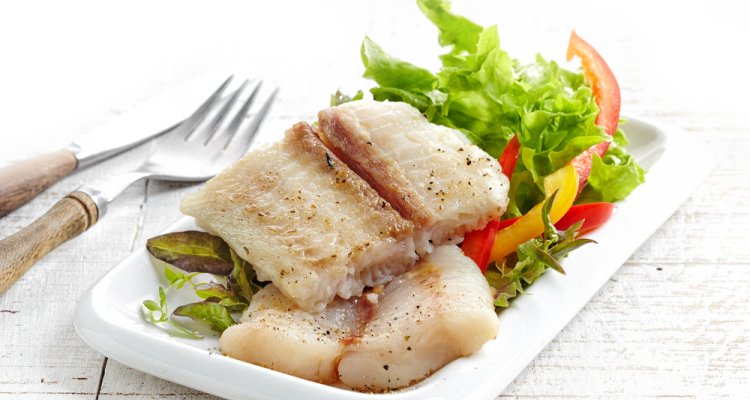
Fish highly toxic? Rubbish!
Media reports that pangasius is 'highly toxic’ are completely unfounded. Toxicological examinations have shown the levels of pesticides and chemicals found even in the fish that has been withdrawn from the market are so small that an adult would have to eat between 3.4 and 166 kg of pangasius each day before they could even begin to be considered toxic. With regard to the preservatives and antibiotics found in the rejected fish, a person would have to consume between 0.6 and 303 kg of pangasius each day before there is any risk to their health. And the pangasius actually on sale on the European market is even less likely to harm the health of consumers.
Reports in the media have suggested that pangasius (Pangasius hypophthalmus) is 'highly toxic' because the fish is able to survive in the ‘heavily polluted Mekong River'. What’s more, they allege that this fish contains high levels of pesticides and chemicals from veterinary treatment. Most of these claims are not supported by scientific evidence.

Toxic risk assessment for pangasius
A toxic risk assessment was carried out to assess the safety of eating pangasius. The results were then compared with claims made in several media reports. Information about the levels of contaminants found in pangasius that had been withdrawn from the market for this reason was gathered from the database of the EU Food and Feed Safety Alerts system.
How much pangasius can we safely eat?
The toxicological risk assessment failed to find evidence that supported any of the claims made in the media. To explain the findings, researchers calculated the maximum amount of pangasius considered safe to eat, on the basis of the highest levels of the toxic contaminants ever discovered in pangasius.
An adult could safely eat between 3.4 and 166 kg of rejected pangasius fillet each day for his or her entire life without having any adverse effects from contamination with pesticides. With regard to preservatives and antibiotics, an adult could eat between 0.6 and 303 kg of pangasius fillet each day before reaching the critical toxic level. These amounts are so absurdly high that it can be safely assumed that nobody would ever come near to reaching the critical toxic level. It can therefore be concluded that the pangasius actually on sale on the European market is totally safe for human consumption.
Example: How much pangasius can you safely eat for the rest of your life?
The safe amount of fish, in terms of a number of dangerous substances causing concern:
Independent consumer advice is important
This research shows how important it is that independent consumer advice is available to the general public. This is the only way for consumers to make their own, well-informed decisions about the safety of food products.
And what about dioxins in eel?
Around 90-95% of the eel available in Dutch shops comes from eel farms. These eels contain next to no dioxins as they are fed on uncontaminated feed. The dioxin levels in these eels are consistently 10 to 20 times below the standard. An adult weighing 75 kg would have to eat more than 330-670 grams of farmed eel per day before exceeding the critical limit for dioxin consumption.
However, people are strongly advised not to eat eel that originates from areas that have been closed to the fishing industry because of dioxin pollution; even one portion of this eel per month would be too much. Fortunately, this eel is not for sale in the Netherlands.